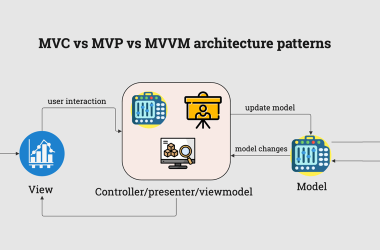1. What is Serverless Computing?
- Definition: Serverless doesn’t mean “no servers” — it means developers don’t manage them.
- FaaS explained: Code runs in response to events without worrying about server infrastructure.
- Examples: AWS Lambda, Google Cloud Functions, Azure Functions.
-
Benefits:
- Automatic scaling
- Pay-as-you-go model
- Simplified deployment and maintenance
📝 LSI keywords: serverless architecture, FaaS platforms, cloud-native development.
2. What is Edge Computing?
- Definition: Computing closer to the user/device to reduce latency.
- Edge vs Cloud: Explain how pushing workloads to the “edge” speeds up response times.
- Real-world use cases: IoT devices, CDNs, AI inference at the edge, personalized content delivery.
- Examples: Cloudflare Workers, Vercel Edge Functions, AWS Lambda@Edge.
📝 LSI keywords: edge network, latency reduction, CDN functions, distributed computing.
3. Serverless vs Edge: What’s the Difference?
| Feature | Serverless | Edge Computing |
|---|---|---|
| Location | Centralized cloud regions | Near user (edge nodes) |
| Latency | Good | Excellent |
| Use cases | APIs, batch jobs, event-driven | Real-time apps, personalization, IoT |
| Examples | AWS Lambda, Azure Functions | Cloudflare Workers, Vercel Edge |
- Note: Many modern architectures combine both.
4. Advantages of Going Serverless or Edge
- Reduced DevOps overhead
- Faster response times and better UX
- Easier scalability during traffic spikes
- Cost efficiency
- Better focus on product logic, not infrastructure
✅ Add relevant diagram or infographic (created or sourced with attribution).
5. Common Use Cases
- Real-time applications (chat, streaming)
- API backends
- Event-driven workflows
- IoT data processing
- Personalized content delivery
📊 Pro tip: Highlight case studies — e.g., Netflix, Shopify, or startups scaling quickly without large ops teams.
6. Challenges and Limitations
- Cold starts (especially on serverless)
- Vendor lock-in concerns
- Debugging and monitoring complexities
- Security at distributed edges
- Regulatory compliance
🛡️ This shows readers a balanced perspective, which boosts trust and SEO authority.
7. How to Get Started (Practical Guide)
- Pick a platform: AWS Lambda, Google Cloud Functions, Vercel Edge, Cloudflare Workers
- Build a small event-driven function
- Deploy and observe scaling in real time
- Implement monitoring and logging early on
- Optimize for cost and performance
🛠️ Include a code snippet or screenshot here for engagement.
8. Future of Serverless and Edge (2025 and Beyond)
- AI/ML workloads moving closer to users
- Better security at the edge
- More open-source FaaS platforms
- Hybrid architectures becoming the norm
🚀 This positions your article as forward-thinking and “share-worthy.”
Conclusion: Rethinking Backend for the Modern Web
- Recap the main point: The backend is no longer confined to one centralized place.
- Encourage developers to experiment with both serverless and edge approaches.
- CTA: “What’s your experience with serverless or edge computing? Share your thoughts below.”








